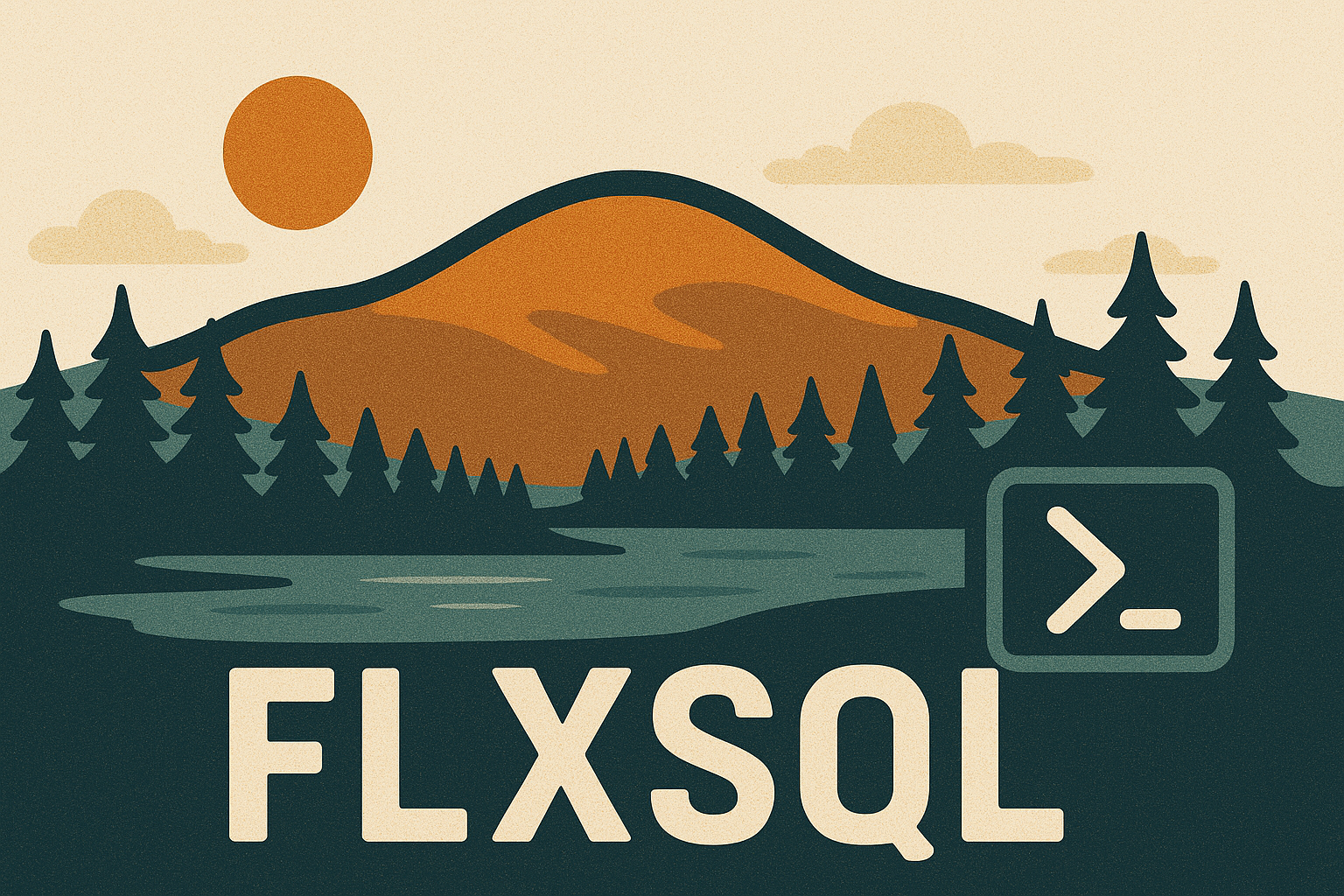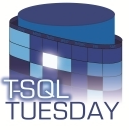Troubleshooting Backup Compression for Encrypted Databases
For years, I thought that native backups of databases using Transparent Data Encryption (TDE) couldn’t be compressed. Between TDE being limited to Enterprise Edition until SQL Server 2019 and my own lack of experience with TDE in prior positions, I hadn’t really experimented with this myself. Some people have even gone so far as to skip compression in their backup jobs for TDE-enabled databases because there’s no need to burn those CPU cycles if you won’t get any compression, right?

